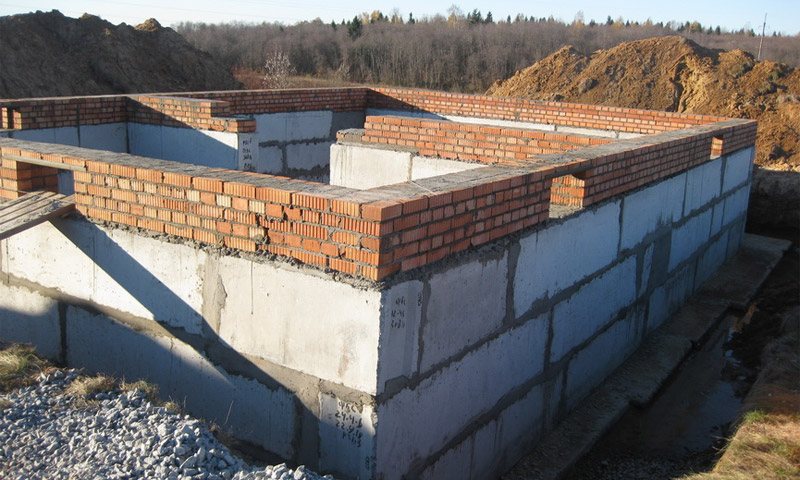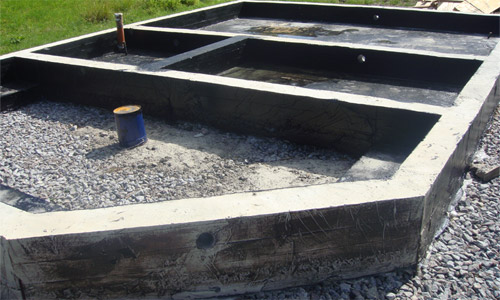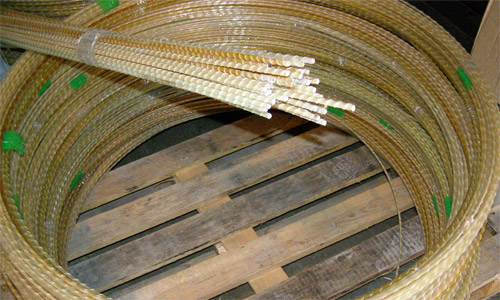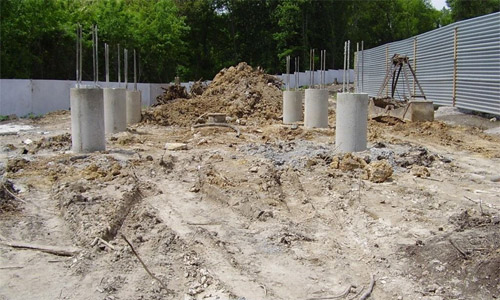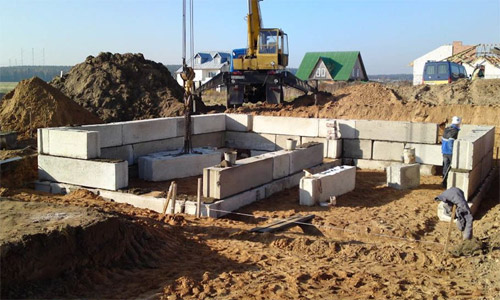A comment
I would like to share my experience in the multiple construction of foundations of various types and their reaction to heaving soils. Firstly, all types of clay and alumina soils are considered heaving. In this case, the block foundation, which is being built, must be buried below the level of soil freezing, regardless of whether there will be a basement in the house or not.
The buoyant force that acts on the blocks, albeit invisible, is large enough to move even massive heavier buildings. And the bearing walls, if not cracked by thermal deformations and shrinkages, will affect the foundation in such a way that it can lose its integrity. At the same time, such a deep deepening (material consumption) in combination with waterproofing and a drainage system makes the strip foundation one of the most expensive.
pros
Relatively quick installation
Short technological pauses between the construction of the foundation and the start of wall construction
Minuses
Expensive construction
A large number of related systems (drainage, waterproofing, etc.) are required
